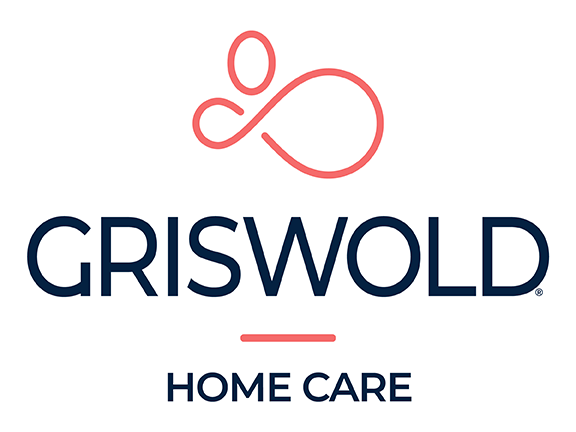By ANNE TERGESEN
Starting to fill out your tax returns? If you provide care for an older adult, you may be entitled to tax breaks. But to qualify, you have to pay a significant portion of the bills on the care recipient's behalf.
According to a report by the National Alliance for Caregiving and AARP, 43.5 million Americans look after someone age 50 or older, up 28% from 2004. On average, each caregiver spends about $5,500 a year providing that care.
Many of the available tax deductions may help defray some of those costs, says Graham Weihmiller, president of Griswold Special Care, an Erdenheim, Pa., provider of at-home care.
Some people, for example, may be able to claim a care recipient as a dependent on their tax returns. With such an exemption, you can reduce your taxable income by $3,650 for the 2010 tax year.
To be eligible, you must provide more than half of a care recipient's financial support for the year. The care recipient must be either a relative (living with you or on their own) or a nonfamily member who has lived with you for the past year. The person must be a U.S. citizen or a legal resident of the U.S., Canada or Mexico. Moreover, the person's gross income for the year, excluding Social Security benefits, must be less than $3,650. And he or she can't have filed a joint tax return.
If the care recipient shares your home, you can include in your calculation of financial support that person's share of your “mortgage, utilities and other housing-related expenses,” says Mr. Weihmiller.
If several people in your family together provide more than 50% of the financial support for a care recipient — but no single person meets the test — one of you may still be able to take this deduction. In such a situation, a family that files a “multiple support declaration” on Internal Revenue Service Form 2120 can designate one person to claim the dependent exemption each year. That individual must cover at least 10% of the care recipient's annual expenses.
Caregivers who work and either claim a care recipient as a dependent or were prevented from doing so by the $3,650 income requirement also may be eligible for a dependent-care credit of as much as $1,050, says Melissa Labant, an attorney at the American Institute of Certified Public Accountants. Among the requirements listed on IRS Form 2441: The care recipient must be unable to “physically or mentally…care for himself or herself.”
If you are paying for some or all of a care recipient's medical or dental expenses, you may be eligible for yet another tax break: If you itemize your deductions, you get to subtract from your taxable income medical expenses that exceed 7.5% of your adjusted gross income.
Someone with adjusted gross income of $50,000, for example, can claim a deduction for expenses above $3,750 that aren't covered by insurance. Qualifying expenses include insurance premiums and out-of-pocket costs for doctors and hospitals, and medical equipment. (Under some circumstances, nursing-home bills also qualify.)
To be eligible, you must provide at least half of a care recipient's financial support, says Ms. Labant.
Single caregivers may also be able to change their filing status to “head of household.” This way, more of their income will be taxed at a lower rate, and their standard-deduction amount will rise to $8,400, from $5,700, among other benefits.
http://online.wsj.com/article/SB10001424052748703843004576140940198496026.html
Copyright 2011 Dow Jones & Company, Inc. All Rights Reserved
